The concept of the capsule hotel, a uniquely Japanese innovation, has fascinated travelers and urban dwellers alike since its inception in the late 1970s. Born out of necessity in densely populated cities like Tokyo and Osaka, these compact sleeping pods offer an affordable and efficient alternative to traditional accommodations. What began as a solution for salarymen who missed the last train home has evolved into a global phenomenon, blending functionality with a distinct minimalist aesthetic.
The origins of the capsule hotel can be traced back to 1979 when architect Kisho Kurokawa designed the Capsule Inn Osaka. His vision was rooted in the Metabolism architectural movement, which emphasized modularity and adaptability in urban spaces. The design philosophy mirrored Japan's post-war economic boom, where space became increasingly precious in crowded metropolitan areas. These early capsules measured about 2 meters long, 1 meter wide, and 1.25 meters high - dimensions that would become standard across the industry.
Modern capsule hotels have significantly evolved from their utilitarian beginnings. Today's pods often feature premium mattresses, ambient lighting controls, built-in charging stations, and even small entertainment systems. The materials have upgraded from fiberglass to soundproofed panels with better ventilation. Some high-end establishments offer capsules with wood finishes, mood lighting, and privacy screens that transform the space into a cozy, futuristic nest.
The cultural significance of capsule hotels extends beyond their practical function. They represent a distinctly Japanese approach to shared living spaces, where privacy and community coexist through thoughtful design. The unspoken rules - no talking in sleeping areas, meticulous cleanliness, and respect for others' space - reflect broader societal values. For many Western visitors, staying in a capsule hotel provides not just budget accommodation but an immersive cultural experience that challenges conventional notions of personal space.
Recent years have seen capsule hotels diversify to cater to different demographics. Women-only floors have become standard after initial establishments catered exclusively to men. Luxury capsule hotels now compete with traditional business hotels, while themed pods (from manga-inspired designs to faux first-class airplane cabins) attract Instagram-savvy travelers. The industry has also adapted to longer stays, with some chains offering weekly or monthly rates that appeal to digital nomads and temporary workers.
Technology integration has propelled capsule hotels into the future. Many now feature app-based check-ins, digital key systems, and AI-powered concierge services. Some experimental locations use facial recognition for access, while others employ robots for cleaning and luggage storage. This high-tech approach reduces human interaction - an appealing factor for some Japanese guests - while maintaining impeccable service standards through automation.
The environmental advantages of capsule hotels are becoming increasingly relevant in the age of sustainable travel. Their compact nature means significantly lower energy consumption compared to conventional hotels. Many operators emphasize green practices: water-saving showers, LED lighting, recycled materials in construction, and linen reuse programs. The reduced physical footprint aligns perfectly with urban sustainability goals, making capsule hotels an attractive option for eco-conscious travelers.
Global adaptation of the capsule concept has led to interesting cultural hybrids. While maintaining the essential pod structure, international versions often adjust dimensions to accommodate larger body sizes and different privacy expectations. Some European capsule hotels incorporate more social spaces, while American versions tend to emphasize individual amenities. However, purists argue that the authentic experience - with its distinct Japanese etiquette and spatial philosophy - can only be found in the country of origin.
The COVID-19 pandemic initially devastated the capsule hotel industry but ultimately led to innovative redesigns. Operators installed advanced air filtration systems, antimicrobial surfaces, and transparent partitions between pods. Some introduced "contactless" capsules where guests can complete entire stays without touching shared surfaces. These adaptations have positioned capsule hotels as surprisingly pandemic-resilient accommodations, potentially shaping their future development.
Looking ahead, the capsule hotel industry faces both challenges and opportunities. Rising tourism may increase demand, but stricter regulations on shared accommodations could impose new operational constraints. The growing preference for remote work might spur demand for long-stay capsule setups with dedicated workspaces. Whatever the future holds, these ingenious micro-accommodations continue to capture the imagination of travelers worldwide, representing a perfect marriage of Japanese efficiency, innovative design, and cultural uniqueness.

By Emily Johnson/Apr 28, 2025
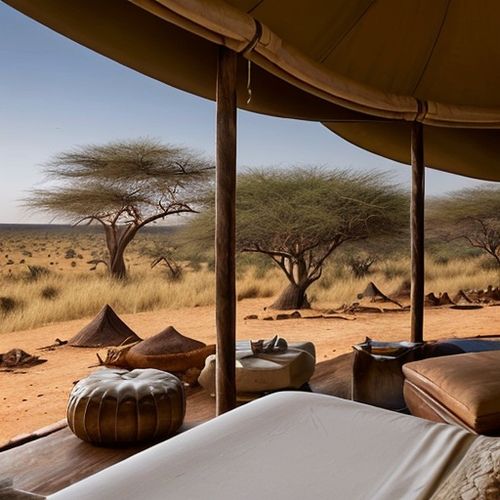
By Noah Bell/Apr 28, 2025
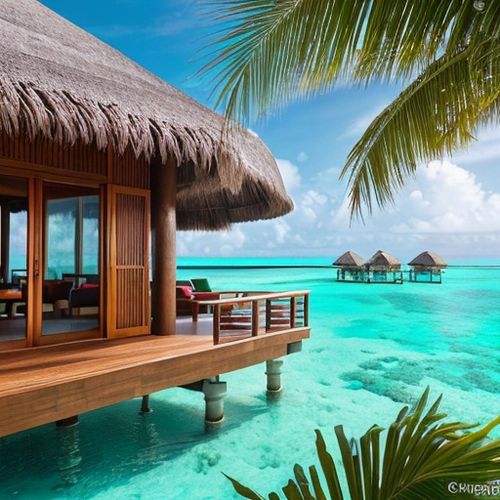
By Christopher Harris/Apr 28, 2025
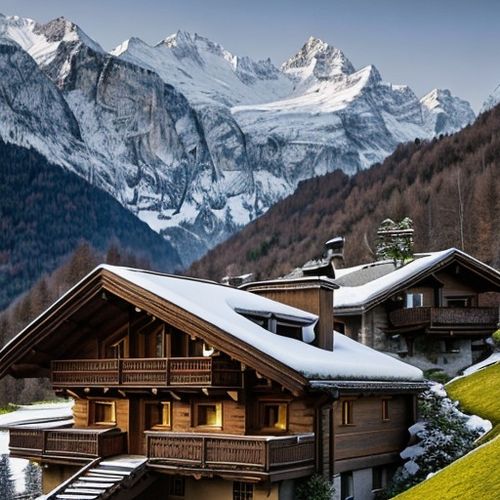
By Samuel Cooper/Apr 28, 2025
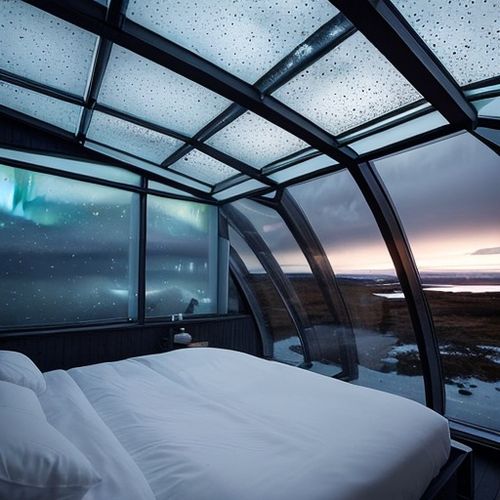
By Sophia Lewis/Apr 28, 2025
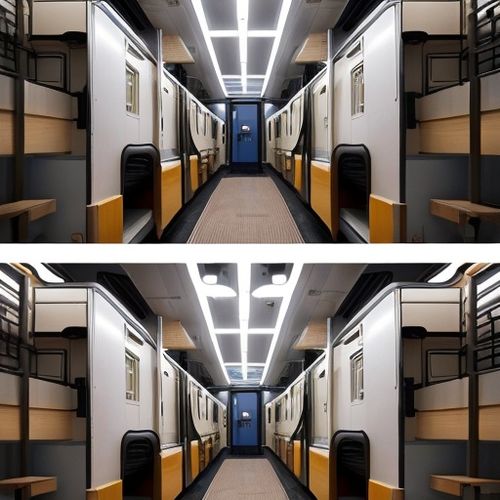
By Daniel Scott/Apr 28, 2025
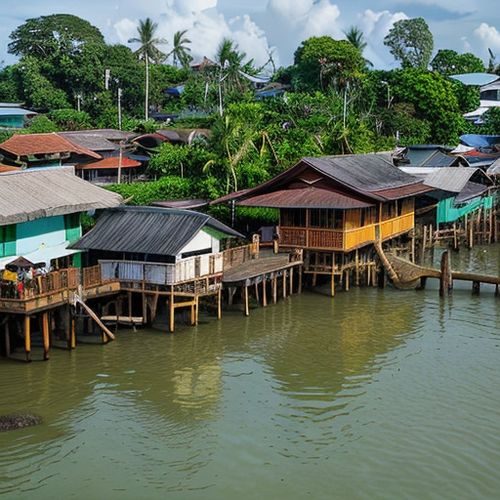
By Joshua Howard/Apr 28, 2025
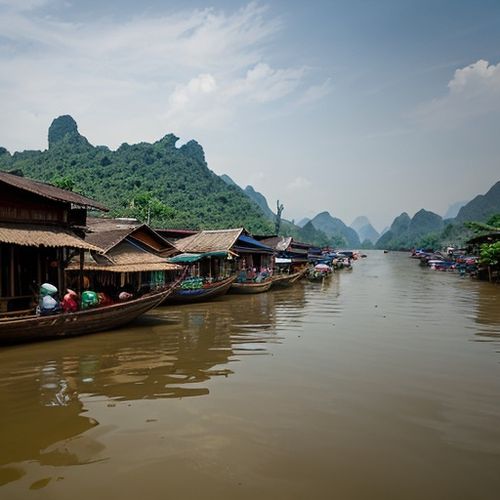
By Daniel Scott/Apr 28, 2025

By Lily Simpson/Apr 28, 2025
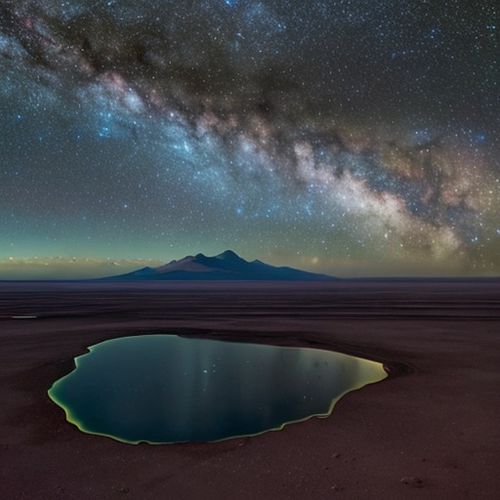
By Victoria Gonzalez/Apr 28, 2025

By Benjamin Evans/Apr 28, 2025

By William Miller/Apr 28, 2025
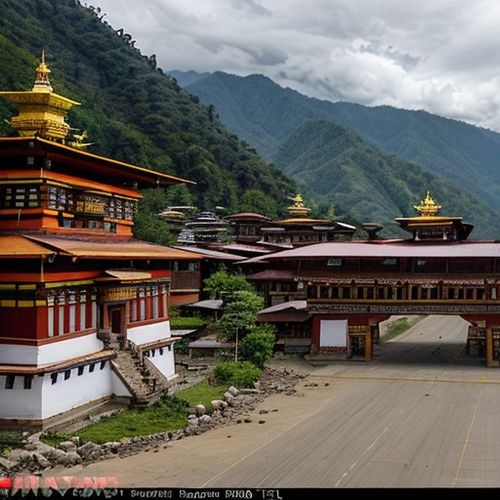
By David Anderson/Apr 28, 2025

By Sarah Davis/Apr 28, 2025

By Victoria Gonzalez/Apr 28, 2025

By Victoria Gonzalez/Apr 28, 2025

By Amanda Phillips/Apr 28, 2025
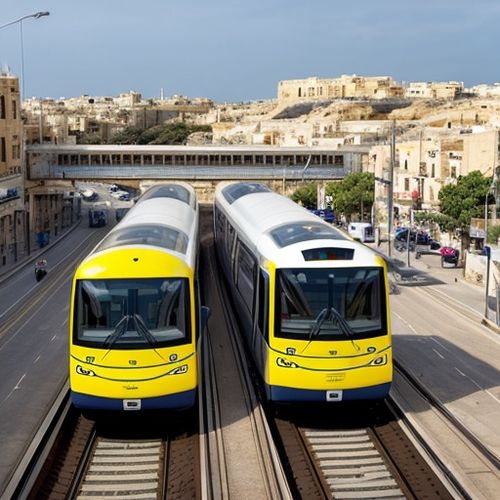
By William Miller/Apr 28, 2025
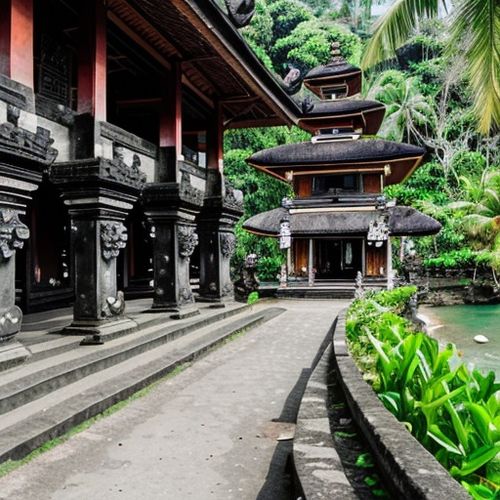
By David Anderson/Apr 28, 2025

By Megan Clark/Apr 28, 2025